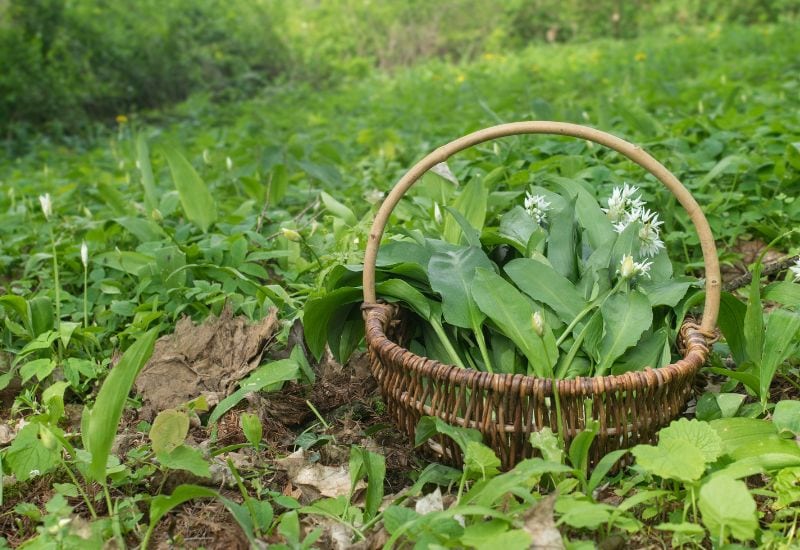
Living off the land is a great feeling, and the zenith of this experience is foraging through the wilderness for your own food. No matter what you are cooking, onions add aromatic flavour to a meal and there are upwards of one hundred wild onions you can find and eat.
But are you certain you have a wild onion, or is it another plant that looks similar? There are several plants that can easily be confused with wild onions, especially when the plants are still small.
If you are lucky to find wild onions, all parts of the plant are edible. However, if you stumble across a plant that looks like a wild onion but isn’t, then it is very likely that the plant is poisonous. Ingestion of these lookalikes can often be fatal so it is very important to know what you are looking for.
Keep reading to learn how to distinguish wild onions from other poisonous look-alikes so you can munch upon your foraged dinner without worry.
How to Identify Edible Wild Onions
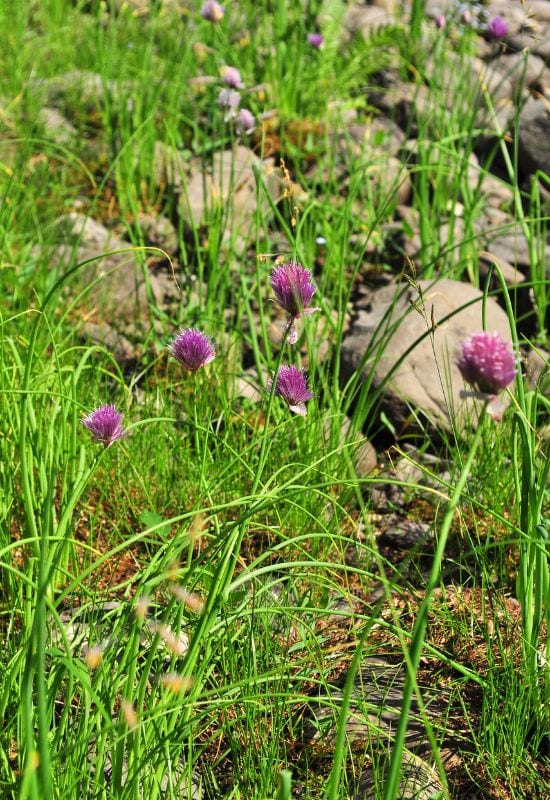
Onions have been cultivated for over 5,000 years, but our ancestors foraged wild onions long before people started growing these flavourful vegetables. Wild onions are found all around the world sonearly every ancient culture enjoyed how onions turn a humdrum dish into a feast.In fact, onions have had quite an interesting history throughout the world.
Nowadays, the art of foraging for food has largely become a thing of the past but these wild onions are still out there for people who know what they are looking for.
While every species of wild onion is different, they all have some defining similarities, such as:
Throughout the years, the different species of wild onion have spread around and you are just as likely to find an introduced species growing in your local forest as you are to find a native one. In North America alone, there are now over 100 different varieties of wild onions, and you are just as likely to come across an introduced variety as a native one.
Here are five of the most common wild onion plants you will come across:
1. Allium Canadense
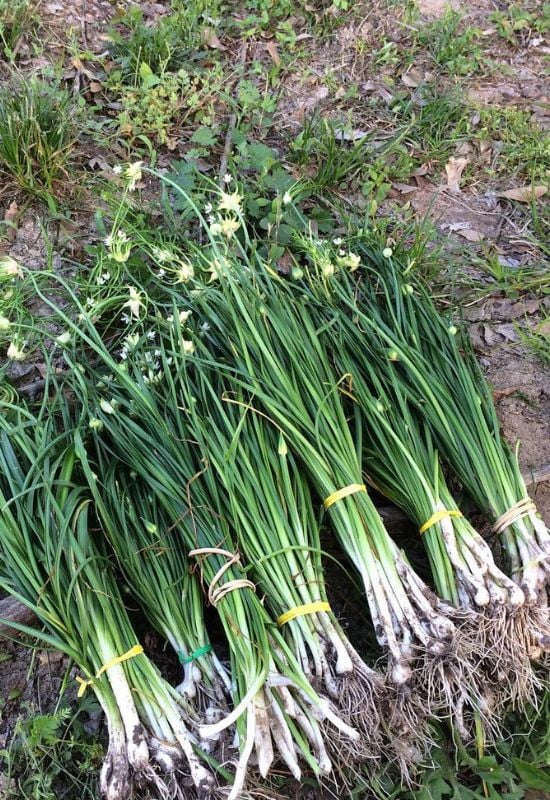
Allium Canadense is more commonly known as meadow garlic, Canada onion, or simply wild onion is one of the most common wild onions. It is native to North America and is most commonly found in the eastern half of the continent.
Identification:
Until its flower stalk appears, allium canadense is easily confused with grass. Like all wild onions, however, it has a distinct onion taste and smell. Here are a few other identifying factors:
2. Allium Oleraceum
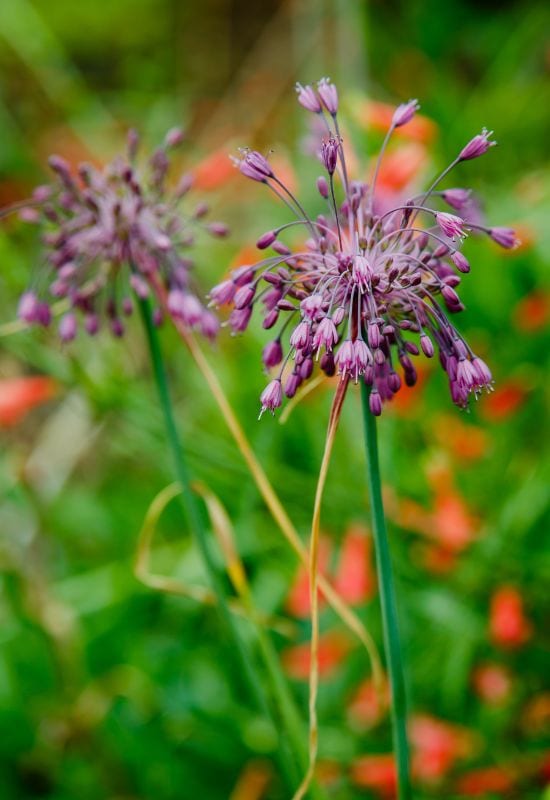
Allium oleraceum is often called wild garlic or field garlic. It is an introduced species in North America having originated from Europe to Russia. It is commonly found in ditches or ever-worked fields.
It propagates by underground bulbs, seeds, or bulbils that form on the stems and the plant has the ability to spread very rapidly, especially in areas where they are not native.
Identification:
Allium oleraceum is another species that strikingly resembles the grass it grows amongst, but here are other defining characteristics:
3. Allium Vineale
Field garlic, crow garlic, wild garlic, and onion grass are all names for the abundant allium vineale. Originally from Europe, northern Africa, and the Middle East, it has spread all over the world. It is a common weed in lawns, but is also found in ditches, pastures, and woodlands and many find it is the most common wild onion found in North America.
It spreads very quickly by bulbs, seeds, and bulbils and is one of the first plants to come up in the spring. Not liking hot temperatures, they will often die back in the summer to regrow once the cooler fall weather arrives.
Identification:
This common wild onion is most easily distinguished by its chive-like leaves.
4. Allium Triquetrum
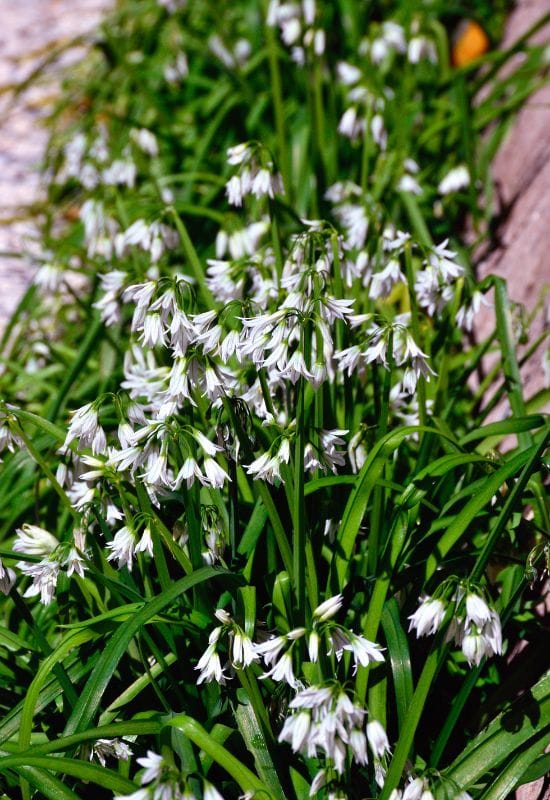
Another common and unique species that has spread around the world is allium triquetrum, more commonly known as the three-cornered leek. Aptly named for its triangular flower stem, this plant is native to mainland Europe, northwest Africa, and into the Middle East. Many foragers seek out this flavourful and beautiful plant but it has been listed as an invasive species in many places.
It is commonly found in hedges, fields, poor quality fields, and along the edges of forests and woodlands. Many people also cultivate this pretty plant in their yards, though care must be taken they do not escape into the wild.
Identification:
Like many wild onions, the young plant looks like a patch of grass, but there are many unique identifiers of this wild onion.
5. Allium Tricoccum
Commonly found in wooded areas, allium tricoccum are known by their common names of ramps, or wild leeks. They thrive in shaded areas rich in organic matter, and they often form large clumps under the base of trees.
They emerge very early in the spring, and generally spread by bulblets, as the flowers only produce a single seed which can lie dormant for several years before germinating.
Ramps have a very strong onion flavour so a little goes a long way, and they are highly sought after by many chefs and foodies. They are native to North America.
Identification:
Wild ramps are drastically different from all other wild onions we have discussed so far. Rather than grass-like leaves, these onions have oval leaves making them rather unique.
Poisonous Look-Alikes
Wild onions are a great plant to forage from the wilderness. However, foraging is not the same as buying an onion from the grocery store. Not only do you actually have to look for them, but they are easily mistaken with many other plants…which are poisonous!
Here are some plants that look very similar to wild onions, but are actually poisonous look-alikes:
1: Death Camas
As the name suggests, you don’t want to accidently eat this plant. There are at least 15 different species of Death Camas, and all of them are extremely poisonous. All parts of the plant are toxic, but especially the bulbs and mature leaves. If eaten, you will suffer from vomiting, abdominal pain,nausea, diarrhea, and paralysis leading to death
This beautiful plant is often called the Death Lily and should be avoided at all costs.
Identification:
Here are some ways to tell Death Camas apart from wild onions:
2: Daffodils (Narcissus)
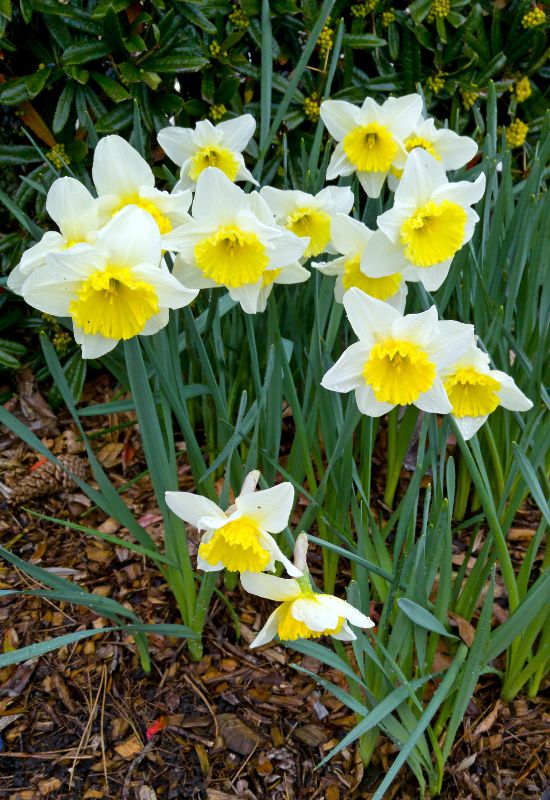
Before a daffodil blooms with its unique flower, its leaves and bulbs look surprisingly similar to many wild onions.
But you want to make sure you don’t mix them up as eating any part of a daffodil can cause mouth irritation, vomiting, nausea, diarrhea, and other severe abdominal pain (though daffodil bulbs are the most toxic part of the plant).
Identification:
3: Lily
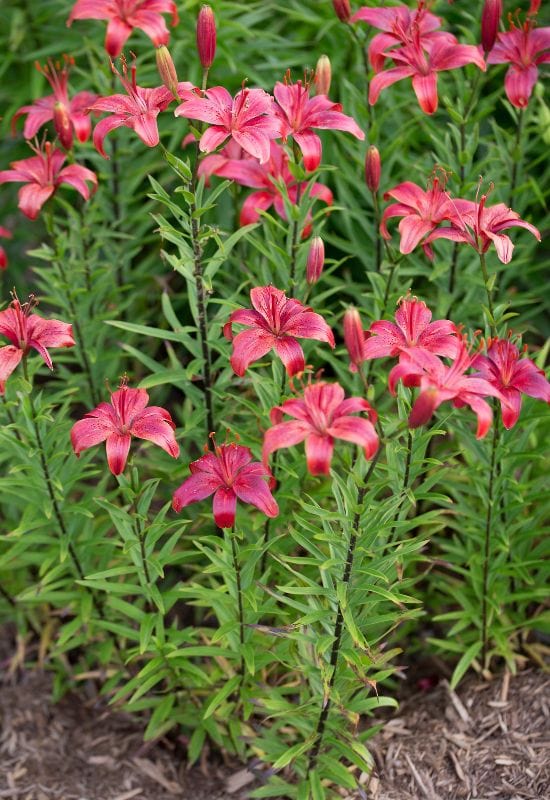
There are many different varieties of lilies, and the foliage of some look very similar to wild onions.
In particular, the grass like leaves of the Daylily and Lily Grass are particularly hard to differentiate from wild onions. Of course, once these plants flower they are obviously not onions, but care must be taken when the plants are young not to confuse them.
While eating many varieties of lily won’t likely kill you, they still contain toxins that should not be ingested and they are especially dangerous to animals and young children.
The biggest difference between any lily and wild onions is that lilies DO NOT have any onion smell.
4: False Garlic
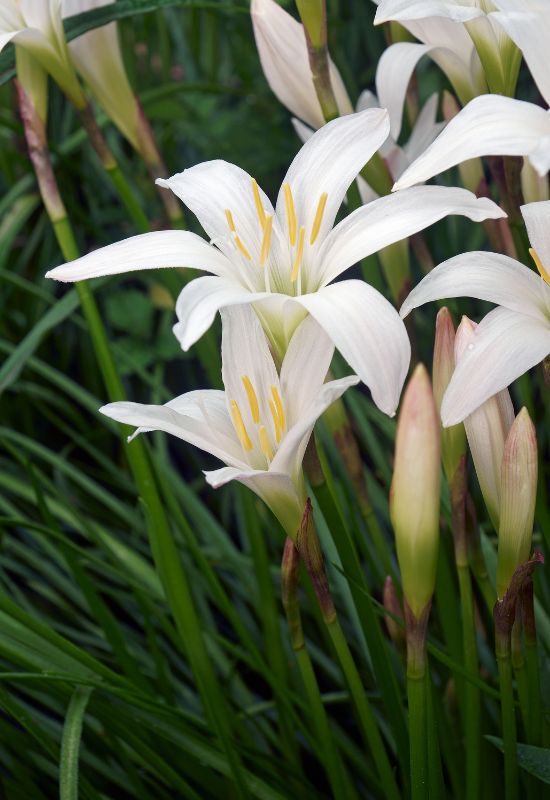
Also known as Crow Poison, False Garlic is another look-alike to be wary of. They grow in many places with wild onions including fields, prairies, along streams and rivers, and at the edges of forests. They also occur as “weeds” in people’s yarns.Native to much of the United States, False Garlic (Nothoscordum bivalve) also stretches down south into Central and South America.
Like many wild alliums, False Garlic spreads by seeds and bulblets at the base of the plant. It thrives in almost all soil types and it is often found in large colonies.
While False Garlic won’t kill you outright, it is toxic if consumed and should be avoided.
Identification:
Unfortunately, False Garlic looks very similar to many wild garlic and onion species with one major difference:
5: Lily Of The Valley

Lily of the Valley, convallaria majalis, are an extremely beautiful plant and the young leaves are extremely similar to Allium tricoccum (wild ramps). Despite the name, they are not actually a lily at all but are related to asparagus, but Lily of the Valley are extremely toxic, especially to children and have a similar fatal effect like digitalis.
Identification:
Here are some major differences between Lily of the Valley and ramps:
How To Tell The Difference Between Wild Onions And Poisonous Lookalikes
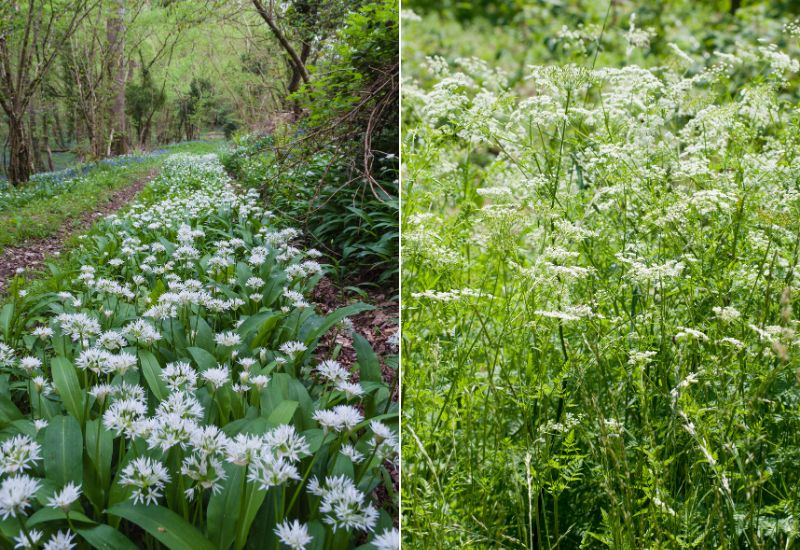
Above, we have described some of the more common wild onions you might find and some deathly look-alikes.
All of these plants are fairly easy to tell apart once they flower, but this does not help when you are foraging outside of the blooming season because the young leaves of all these plants are very hard to differentiate.
To make matters even more complicated (and dangerous) many of these doppelgangers grow side by side in the same field or forest.
There is, however, one definitive way to tell a wild onion apart from a potentially poisonous plant:
Wild onions all smell and taste like an onion. Any plant that does not smell or taste like an onion is NOT and is most likely poisonous.
No “false onion” will smell like onion or garlic. If there is any doubt, scratch a leaf or the bulb of the plant in question. If you get a nice onion aroma you are good to go. If there is no scent, then DO NOT eat it.
I have tried to describe the physical differences between several species of plants, but when foraging for wild onions, do not go on looks alone. Appearances can be deceiving, and if you get it wrong it will very likely be the last mistake you ever make.
Harvesting Wild Onions
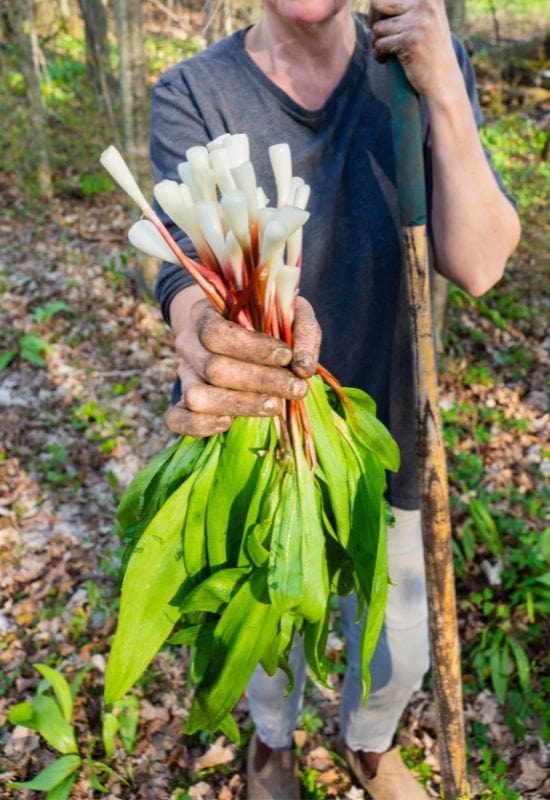
Foraging for wild onions is not like picking scallions out of your garden. You actually have to go out in the wild and look for them (unless you are lucky enough to have them growing naturally in your lawn or field).
When harvesting wild onions, there are a few special points to consider:
Where To Find Wild Onions
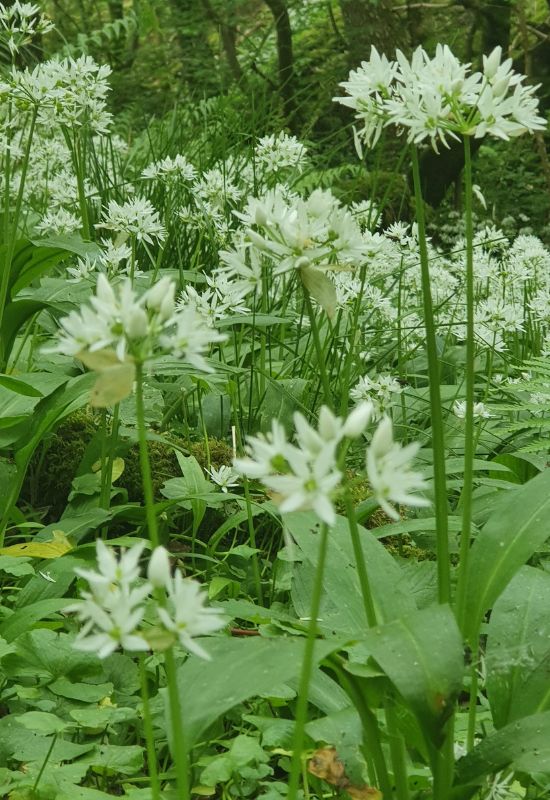
There are many different types of wild onions and they are native, or have naturalized, in different places. The first thing to do when you want to harvest wild onions is to find which ones grow in your area, how to identify them, and which places they are best found in.
Of course, you also want to find out which poisonous plants you might confuse with the wild onion! Hopefully, the information above will help.
The next thing to check is if there are any regulations against picking wild plants in your area. Some places have very strict regulations in place to protect the local flora.
It is also important to find a safe area that has not been sprayed with chemicals or fertilizers. Some specialty grocery stores are starting to sell wild onions, but it is important to make sure they are conservatively harvested.
How To Harvest Ethically
Since these onions are wild, there is no one who replants them so they rely on natural propagation to survive as a species. To ensure the continuance of wild onions, it is important that we harvest them ethically by:
How To Use Wild Onions
Wild onions can be used in any recipe to replace scallions (green onions) or bulb onions if your wild ones have a sufficient bulb. They can be eaten raw or cooked in a variety of dishes.
The wild onion palate is extremely diverse, and every species has its own unique flavor and aroma. Make sure to try different species in your area to see which ones best suit your recipes and cooking preferences.
Conclusion
Eating a meal that you grew entirely yourself is a wonderful feeling, and adding in some food that you foraged out of the wilderness creates a new and exciting element.
I have watched in wonder as people have foraged amongst the trees looking for edible mushrooms. I would always be too terrified to try my hand at mushroom identification, so I think searching for wild onions is the place to start. That tell-tale onion aroma is unmistakable so you can eat your foraged dinner with confidence. Happy foraging!

Written By
Amber Noyes
Amber Noyes was born and raised in a suburban California town, San Mateo. She holds a master’s degree in horticulture from the University of California as well as a BS in Biology from the University of San Francisco. With experience working on an organic farm, water conservation research, farmers’ markets, and plant nursery, she understands what makes plants thrive and how we can better understand the connection between microclimate and plant health. When she’s not on the land, Amber loves informing people of new ideas/things related to gardening, especially organic gardening, houseplants, and growing plants in a small space.
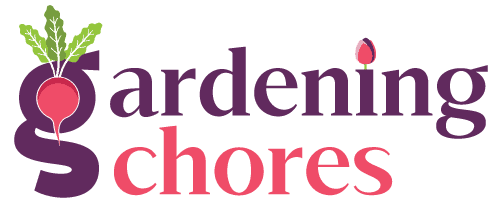

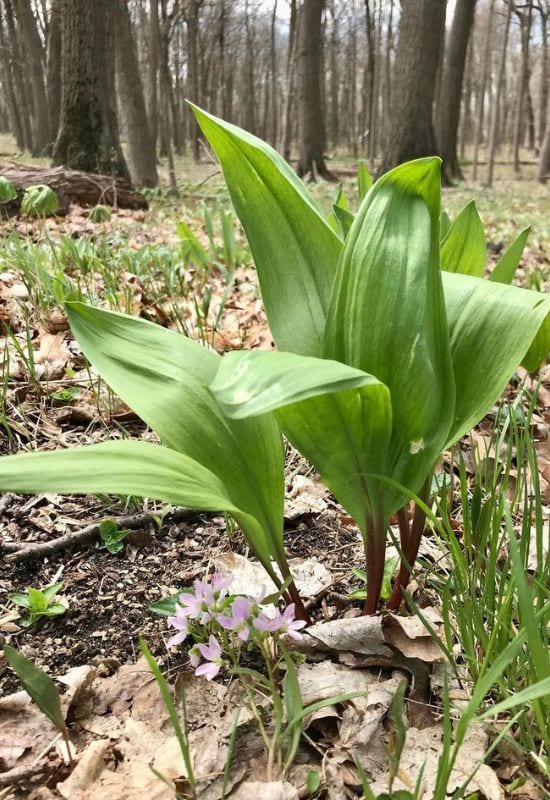

Thanks for the information. I learned a lot. I have a number crop in my back yard. When I mowed the yard, I smell onions.🫢